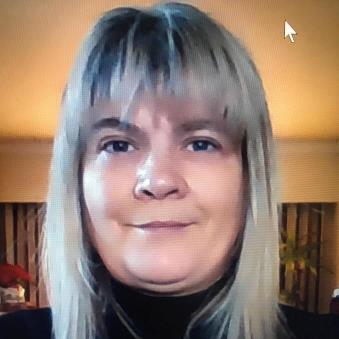Sustainability in Project Management in the Digital Transition Era: Principles, Tools and Practice
A special issue of Sustainability (ISSN 2071-1050).
Deadline for manuscript submissions: closed (15 February 2023) | Viewed by 30778
Special Issue Editors
Interests: smart cities; engineering and technology; waste management; energy sustainability; management sustainability; public policies
Interests: service operations; service quality; innovation; digitalization
Special Issues, Collections and Topics in MDPI journals
Interests: energy policy and regulation; energy economics; energy markets; energy demand and supply; consumer behaviour; eco-innovation; sustainability
Special Issues, Collections and Topics in MDPI journals
Interests: project management; sustainability; quality management
Special Issue Information
Dear Colleagues,
Sustainable Project Management is the planning, monitoring and controlling of project delivery and support processes, with consideration of the environmental, economical and social aspects of the life-cycle of the project.
In a world of global digital transition the achievement of the sustainable objectives in business activities for 2030 is one of the key elements of project evaluation. It determines the go/no go for subsidization and the go/no go for delivering certain products to the market. The digital transformation will put project managers ahead of new problems, but also new methods and new techniques to scope them.
Project Managers must also be aware of this new reality and start to adopt measures from the very beginning of the life cycle process project management and take decisions consciously, considering all relevant aspects in the best managing practices.
The science no longer evolves by breaking the edges of knowledge all alone but with a systematic and analytic sense of sustainability toward a common objective: protecting our habitat.
Thus, this Special Issue aims to create a guide of good principles, tools, and practices for project managers helping them assesshow “sustainable is my project management processes ” in both the real and the virtual worlds along the life cycle of project development.
Prof. Dr. Raquel Castro Madureira
Dr. Marlene Amorim
Prof. Dr. Marta Dias
Dr. Cláudia Margarida de Sousa e Silva
Guest Editors
Manuscript Submission Information
Manuscripts should be submitted online at www.mdpi.com by registering and logging in to this website. Once you are registered, click here to go to the submission form. Manuscripts can be submitted until the deadline. All submissions that pass pre-check are peer-reviewed. Accepted papers will be published continuously in the journal (as soon as accepted) and will be listed together on the special issue website. Research articles, review articles as well as short communications are invited. For planned papers, a title and short abstract (about 100 words) can be sent to the Editorial Office for announcement on this website.
Submitted manuscripts should not have been published previously, nor be under consideration for publication elsewhere (except conference proceedings papers). All manuscripts are thoroughly refereed through a single-blind peer-review process. A guide for authors and other relevant information for submission of manuscripts is available on the Instructions for Authors page. Sustainability is an international peer-reviewed open access semimonthly journal published by MDPI.
Please visit the Instructions for Authors page before submitting a manuscript. The Article Processing Charge (APC) for publication in this open access journal is 2400 CHF (Swiss Francs). Submitted papers should be well formatted and use good English. Authors may use MDPI's English editing service prior to publication or during author revisions.
Keywords
- Project management
- Sustainability
- Digital transition
- Sustainable development goals








